Revision & Homeworkwith Michelle Cameron  This was our last week of revising each other’s work. We discussed what it means to be critical – not mean or nasty, but constructive. I think they have learned to be more insightful when it comes to what works and doesn’t in a work. They themselves noted that each other’s work is improving, which is an excellent sign. These were all pieces they plan to submit. This week’s homework is to revise everything they plan to submit to the online journal and to email it to me (or to send me a Google Docs link) by 12/16. I’ll review everything and we’ll talk about final changes when we’re back after the break. Here is what everyone is planning on submitting:
I also mentioned that the students should start thinking about what they want to read on the last day of class. We’ll be doing some practice after the break. Music: Frozen River Flows & Drop a Red Wagon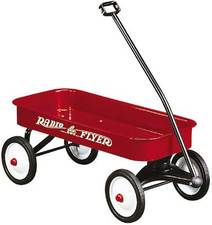 We wrote to a piece of music today – an instrumental piece called Frozen River Flows. I found it interesting that some of the kids found it difficult to get started, while others wrote some evocative (and some depressing) pieces. Because of the difficulty in just letting go and writing, I did an exercise in loosening the creative muscles called “Drop a Red Wagon.” It’s one of my favorites, where everyone is supposed to start off with the same sentence ― “The ice crunched under his feet” ― and then not lift the pencil or pen, no matter what they write. As they do, I tell them to drop certain objects into their writing. This time it was:
While the main objective is to write without judging the work, some of the kids were able to make sense out of these random phrases. The results were comic, of course. 11/25/13 with Kim Rodgers Writing GamesThis week Mrs. Besjak was on vacation, so I got a little taste of what life is like in the youngest class at Mosaic! We played some games from a book called, appropriately, Games for Writing. As students arrived there were blank papers separated into four sections waiting for them on the table. They were to draw four things they wanted me to know about them with words describing the pictures. If they had trouble writing they were to use the other kids at the table to help them. When they were finished they put them upside-down in a pile so I couldn’t see which one was theirs. When the class finished I grabbed the papers and we gathered in a circle on the floor. I shared each one with the class, trying to guess whose it was. We had a great time, as they laughed at me while I was trying to figure it out! 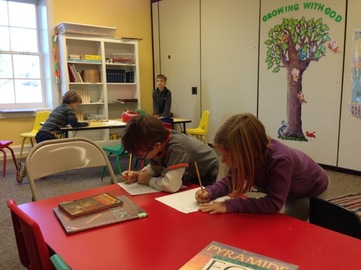 The next game we played was called A Race of Words. It was the class versus me. They had 10 minutes to walk around the room writing down or drawing a picture of everything they could see. They could do it in pairs or on their own, making sure they didn’t write about the same area as another student since they were getting points for each new item on their list. After 5 minutes I started my list. Since I had been a writer longer than them I got less time to write. When the time was up we gathered together to share our lists. I got one point for each item on my list. They got one point for each item they had on their list that I also had on my list. After sharing my list and adding up my points, they shared any items on their list that I didn’t have. They got three points for each of those items. Needless to say, I lost…badly!!! They did a great job staying focused and making their lists quite long. I didn’t have a chance!! 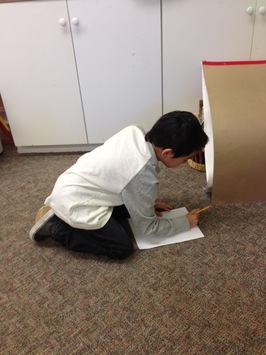 We finished up class by playing a game called Make a List. Together we created a list of ways we could thank a witch who agreed to teach us a magic spell. Sweep her cave. Buy her a cat. Pick herbs for her medicines. The students were then given a new task and asked to make a list. I had them imagine what it would be like if they took a rocket trip through the galaxy. They would be alone in space for an entire year. After the essential equipment was loaded on the ship, what extra items would they pack? The kids went to town writing down a flurry of ideas of things they would bring: iPads, pet dogs, spacedog suits, boxes of chocolate, and more! Some students needed help sounding out the words, but ALL the students had items they would bring along! I had a great time with the class and look forward to seeing them more often next semester! Simple Machines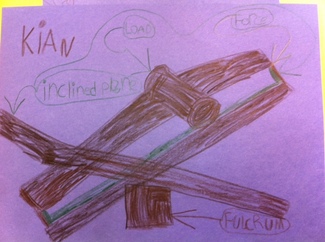 The ancient Egyptians used simple machines to build the pyramids and irrigate their fields. Today we learned about two simple machines:
12/2/13 The First Sumerian Dictator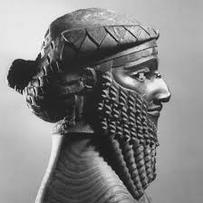 This week we read Story of the World Chapter 5 and learned about Sargon and the Akkadians. One story of Sargon tells how he floated down the Euhrates River in a basket as a baby and was found by a servant of the King of Kish. Sargon grew up inside the King's palace as one of his most trusted advisors and cup-bearers. Sargon grew to be a strong and ruthless leader, overthrowing the King and ultimately defeating all the city-states of Sumer to build an empire he called Akkadia. We used this opportunity to review some basic geography/map concepts including the four cardinal directions and how to draw a compass rose on a map. Students reviewed the geography of both Egypt and Mesopotamia that we had introduced earlier in the semester. They located the following areas on their maps:
We also discussed the meaning of a military dictatorship, and how Sargon was able to force people throughout the Akkadian cities to obey his laws through use of a punishing army. We contrasted this with our own democratic system and with the way rules are structured within our own homes and agreed that a dictatorship did not seem very fair... or fun! 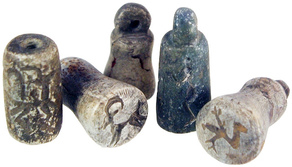 We wrapped up class by creating our own Sumerian seals, made out of air dry clay. Many Sumerian people did not know how to read or write and could not sign their name, so instead created seals or stamps with a mark that was used like a signature. Next week we will see if our seals work when we roll them through play-doh! Continuing our Design of Simple Machines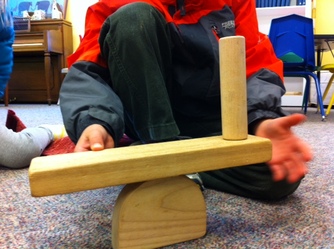 Last week we learned that the Ancient Egyptians used simple machines to help them in the work of daily living, such as the shaduf for irrigation, as well as the monumental task of building the pyramids. We also learned about levers. The lever was used in the shaduf and may have also been used to lift the heavy stones of the pyramids. As we discussed, there are many levers in use today in the world around us. There are three different types of levers, identified by the position of the effort, fulcrum, and load. Ask your child to make a lever at home, and identify the parts for you. Can they name one that we use today? Each week students choose to continue their work with materials that we have introduced in previous weeks, according to their own interests and abilities. We continue to enjoy the Ancient Egyptian number system as well, building numbers and then translating them to the numbers that we use today. We are also learning to tell time, make papyrus, and play mancala, find ways to make 10, add up to 100, and add in the tens of thousands.
Next we week will introduce measurement, and find out how the Ancient Egyptians measured distance. Have a great week! with Michelle Cameron Show AND Tell Today's topic was when to show AND tell. The famous writer’s axiom “Show, don’t tell,” is certainly useful for very important scenes – which should always be shown. But there are times when tell is a suitable writing technique – including back story, the framing of flashbacks, and certainly story transitions. We discussed what goes into a “show” scene, which includes:
We then did a number of short writing exercises to practice showing emotion on the body and face. I told them that Charles Dickens famously used a mirror to be able to show himself what emotion looked like, which he would then describe in words.  (We briefly diverted into some Dickens-related lore: how he was paid by the word, making some of his many novels quite long, as well which of his books were most famous and which he didn’t write. I’d love to suggest that, with the coming holiday season, everyone reads “A Christmas Carol” to begin to become acquainted with his writing.) So we used a mirror, having one student model sadness and another happiness. After that, we embarked on a few more layered emotions:
HomeworkNext week we’re doing our final in-class revision. I asked the kids to bring one of the pieces they’ll be submitting to our online journal – and they should work on polishing anything they wish to submit (more on that in a moment). They should bring in two double-spaced copies for revision next week. I didn’t give them any other writing to do, so please have them really focus on all of the pieces they’re going to submit. They should consult the revision guidelines I gave them early on. If you need a reminder, revisit them here: http://www.mosaicfreeschool.com/1/post/2013/09/teen-writers-circle-class-summary-93013.html. Online Journal SubmissionsWe are getting close to the end and I’d like the kids to focus on their online journal submissions. Each student can submit:
I’d really like to see more than one submission from every student. I hope everyone is enjoying the holiday season! with Kim Rodgers Distributive Property for Addition/Subtraction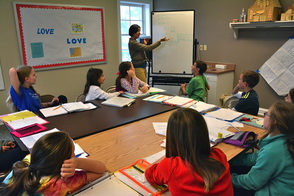 For the last couple of weeks we have been working on the distributive property for addition which is stated as: a (b + c) = (a x b) + (a x c) We started by using actual number problems to prove how this property works before introducing the property algebraically. After using base ten blocks the first week, we worked on problems in our notebooks last week. Those who finished all the problems began helping their classmates. The students took turns “teaching” the class how they solved each problem. We then moved on, trying to express the problems we had been working on in an algebraic way. We took the problem 3 x 46. After splitting 46 into tens and ones (40 + 6), we assigned a letter to each number in the problem: 3 x (40 + 6) = (3 x 40) + (3 x 6) a = 3 b = 40 c = 6 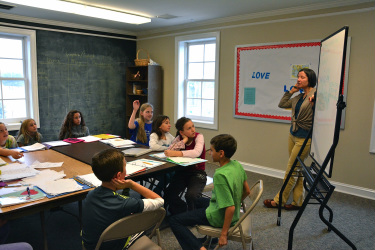 This led us into the property itself, which we added onto our Algebra Toolkit. We discussed why it might be called the distributive property, with a consensus that “a” has to be distributed to “b” and “c”. This week we took what we learned about the distributive property for addition and asked if we could do the same thing using subtraction. We took one problem we had worked with when using addition (6 x 39) and asked how we could express 39 as a difference of two numbers instead of an addition. We worked through it like this: 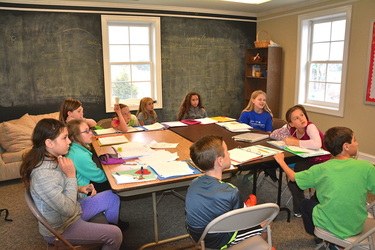 After doing one more together we mapped out the steps and the students tackled more problems on their own. I really saw a difference from the week before. They had the concept of distribution down. The only problem was they kept reverting back to addition. We laughed as it kept happening over and over, which led us into a great discussion about why it’s good to SHOW YOUR WORK! I have been emphasizing this over the last several weeks because it’s very difficult to see where the problem lies if all you have is an answer. Because they were showing their work I could see where they were having problems, and most of the time it was a mistake that had nothing to do with the concept of the distributive property. They added instead of subtracted or they wrote a number down wrong, etc. It was clear to them by the end of class yesterday that it only helps them when they show their work. Wrapping up our work on the distributive property for subtraction, we expressed it algebraically and put it on our toolkit as well: a (b - c) = (a x b) - (a x c) Next week we will begin discussing how algebra is used in the real world. They are welcome to do some research in this area by looking into how people might use algebra in their jobs. They began discussing this a little bit at the end of class and seemed excited by it. Looking forward to seeing what they come up with! with Leigh Ann Yoder Routing and Deadlock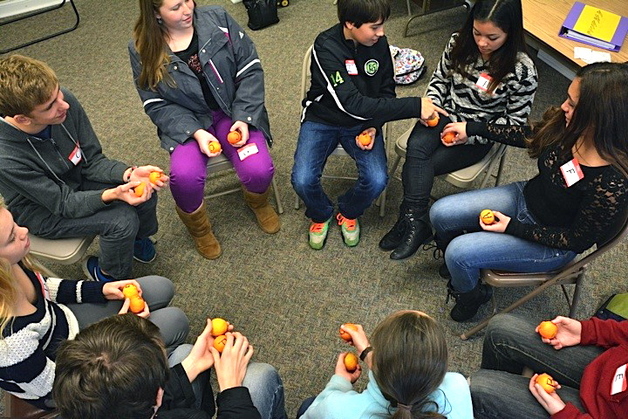 Today was all about routing and deadlock. When you have a lot of people using one resource, such as cars using roads, there is a possibility of deadlock. Many students have experienced this in large cities. Routing and deadlock are also problems in many types of networks, including computer systems. Engineers spend a lot of time figuring out how to solve these problems, and how to design networks that make the problems easier to solve. The students learned these concepts by playing a game called The Orange Game. They had to develop their own strategies for avoiding deadlock and quickly learned that working cooperatively is imperative to avoid problems. Toss 'n' Sort We then played a second game called Toss ‘n’ Sort, which again mimicked routing and deadlock in networks. This time each student was like a “packet” of information, which had a destination. The “packet” had to travel along the edges of a graph to reach its required node. Of course there were rules regarding movement. We played several variations and discussed which methods were most successful. The students were stumped on the last challenge, but towards the end of the class they were close to solving the puzzle. I have asked them all to continue working on this for homework. Next week, we will try one more time! We ran out of time, so next week we will play another game demonstrating Message Routing. Recommended Reading |
| Today we started class by finishing up our NaNo TV interviews. We then announced the winner of the Sequence and Structure Challenge using the Langston Hugh's short story, "Thank You, Ma'am." The boys, Team WriMo, took home the victory as their re-arrangement of the story still maintained its original meaning. Nice work, boys. Without further ado, we updated our in-class progress chart for the final time and started our novel-sharing. Each student read aloud the first two pages of his/her novel. I was so impressed with every story! I told the students my expectations were very high going into September, but they managed to surpass them! I am truly proud of these talented young people! For the last 30-minutes of class, we broke into two workshop groups. Students traded novels and made constructive notes and comments on the first two pages of their partners' novels. | We then did what all good novelists do -- we celebrated with food and drink! |
Homework
Lastly, here's what students should bring next week. We will be continuing our work on editing for our last class.
Re-type your first two pages. This time you should incorporate any changes your partner suggested (if they finished in class, otherwise, make no changes). Pages should be double-spaced, not single spaced, and Times New Roman, 12 pt. Please let me know if there are any questions about the homework!
Thank you and see you next week!
Categories
All
Afternoon Enrichment
Closures
Clubs
Early Elementary
Mosaic Texas
Odyssey Of The Mind
Out Of This World
Philosophy
Tesserae Fall 2012
Tesserae Fall 2013
Tesserae Fall 2014
Tesserae Spring 2013
Tesserae Spring 2014
Tesserae Spring 2015
Tesserae Spring 2016
Archives
May 2016
April 2016
March 2016
February 2016
June 2015
May 2015
April 2015
March 2015
February 2015
January 2015
December 2014
November 2014
October 2014
September 2014
July 2014
June 2014
May 2014
April 2014
March 2014
February 2014
January 2014
December 2013
November 2013
October 2013
September 2013
July 2013
May 2013
April 2013
March 2013
February 2013
January 2013
December 2012
November 2012
October 2012
September 2012
August 2012
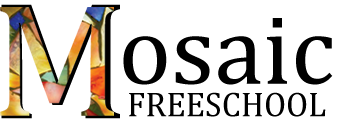
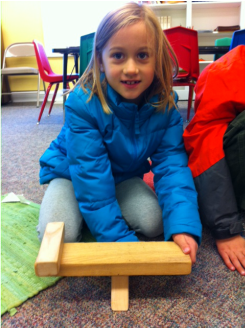
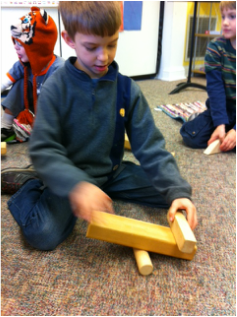
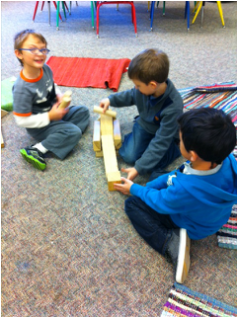
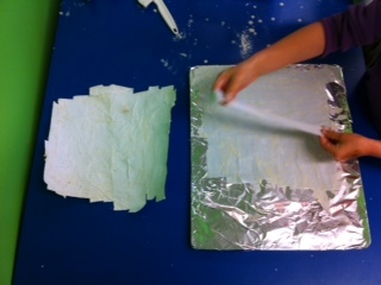
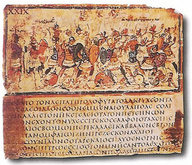
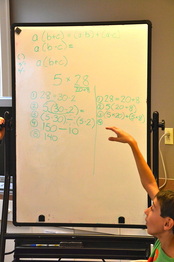
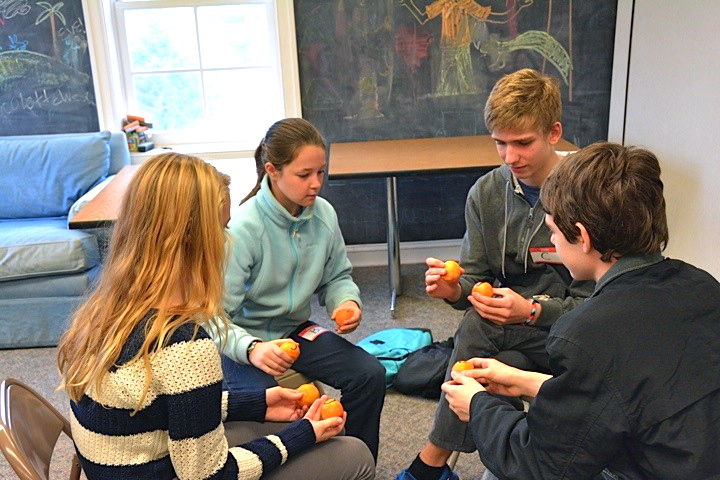
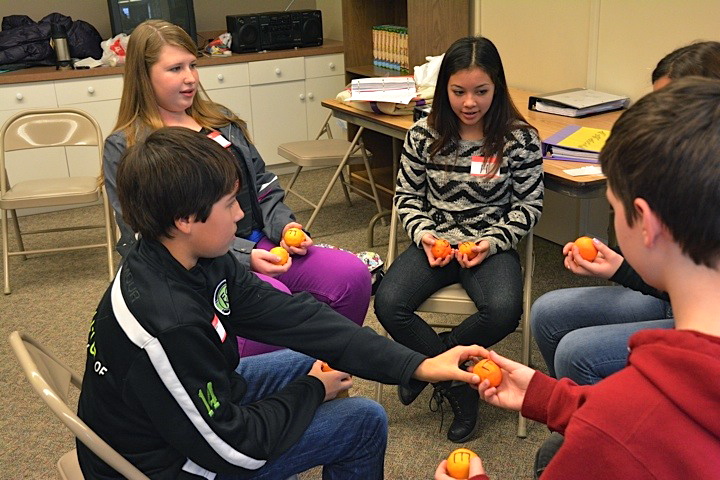
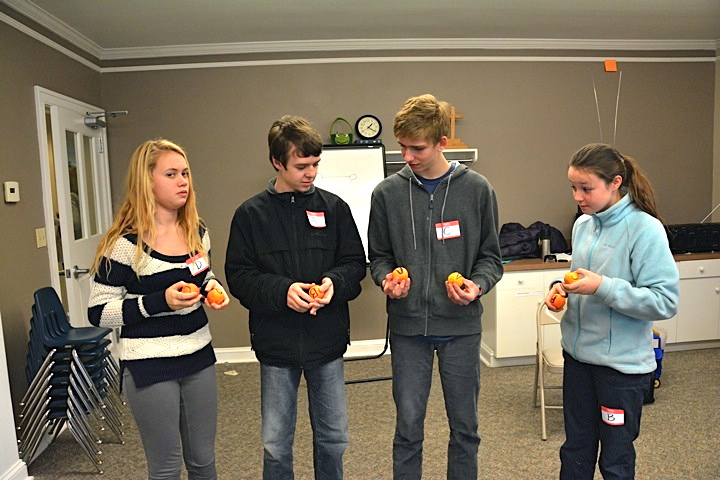
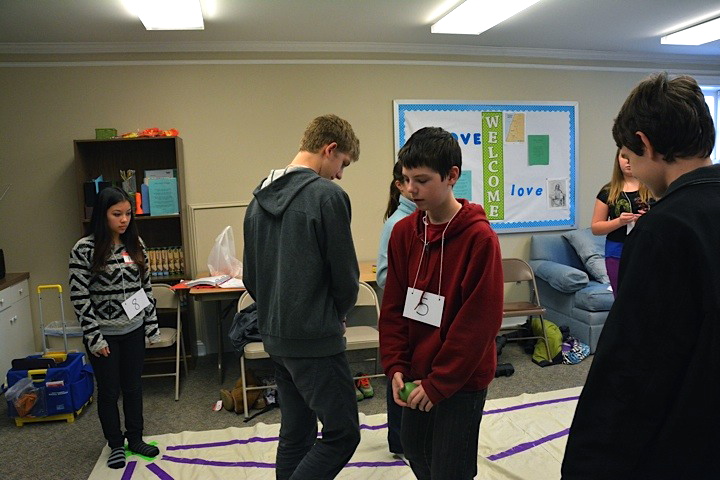
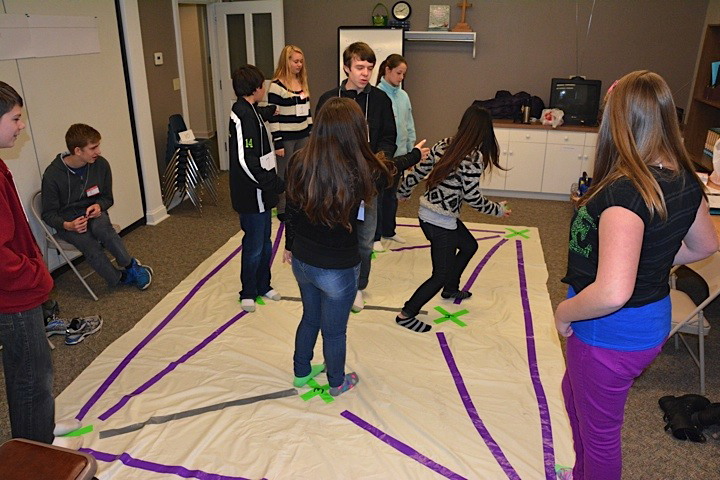
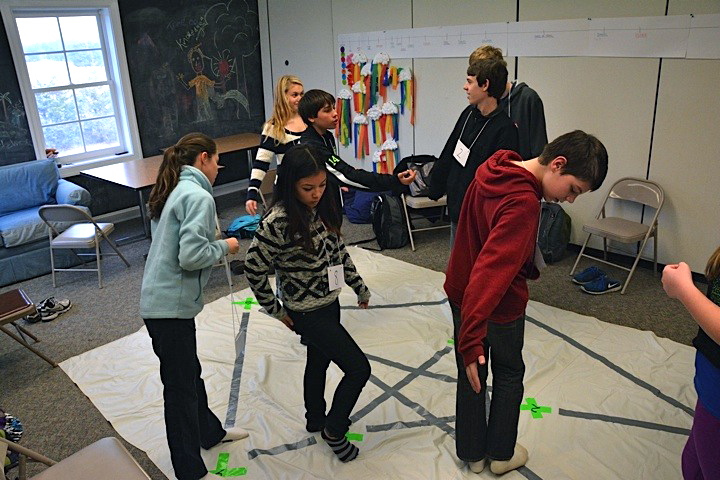
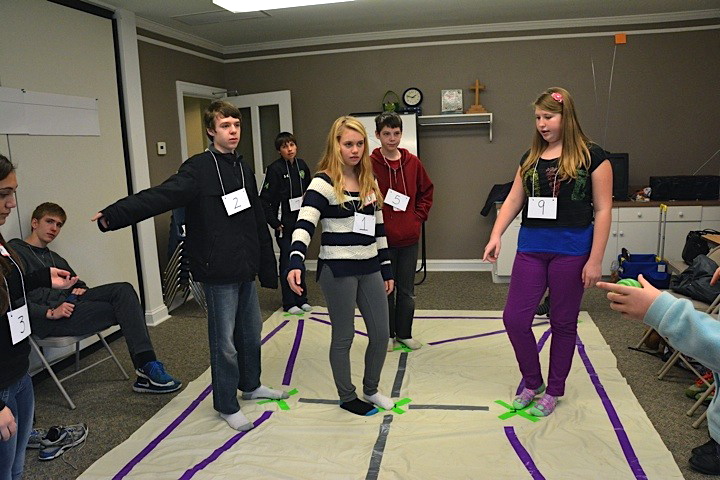
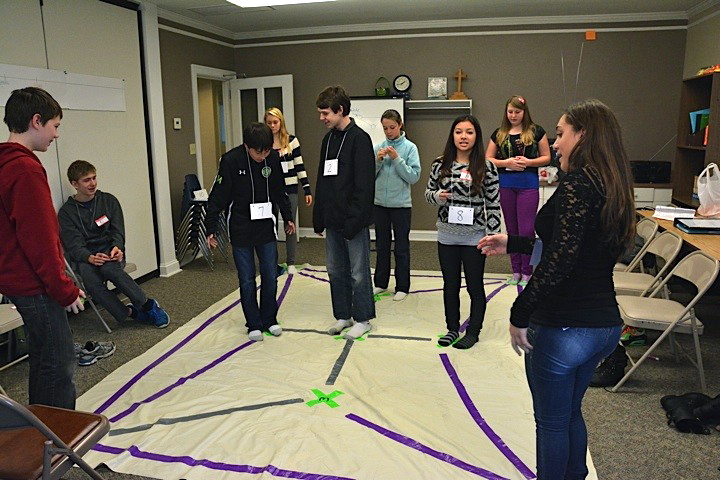
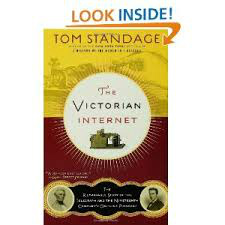
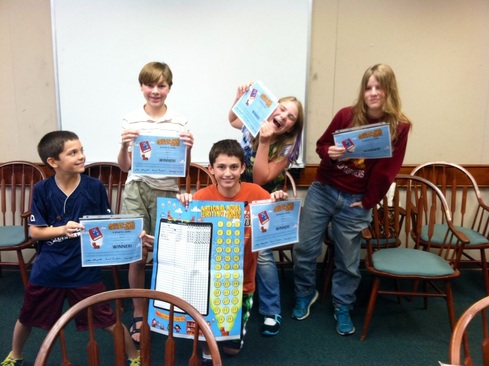
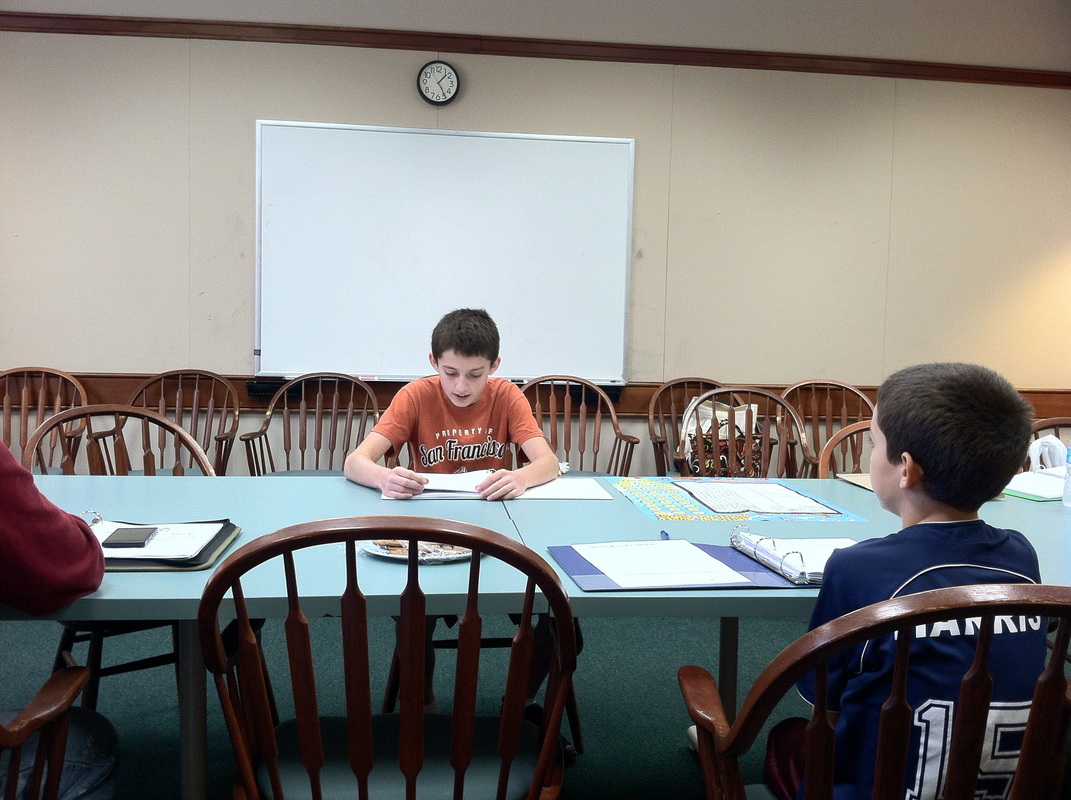
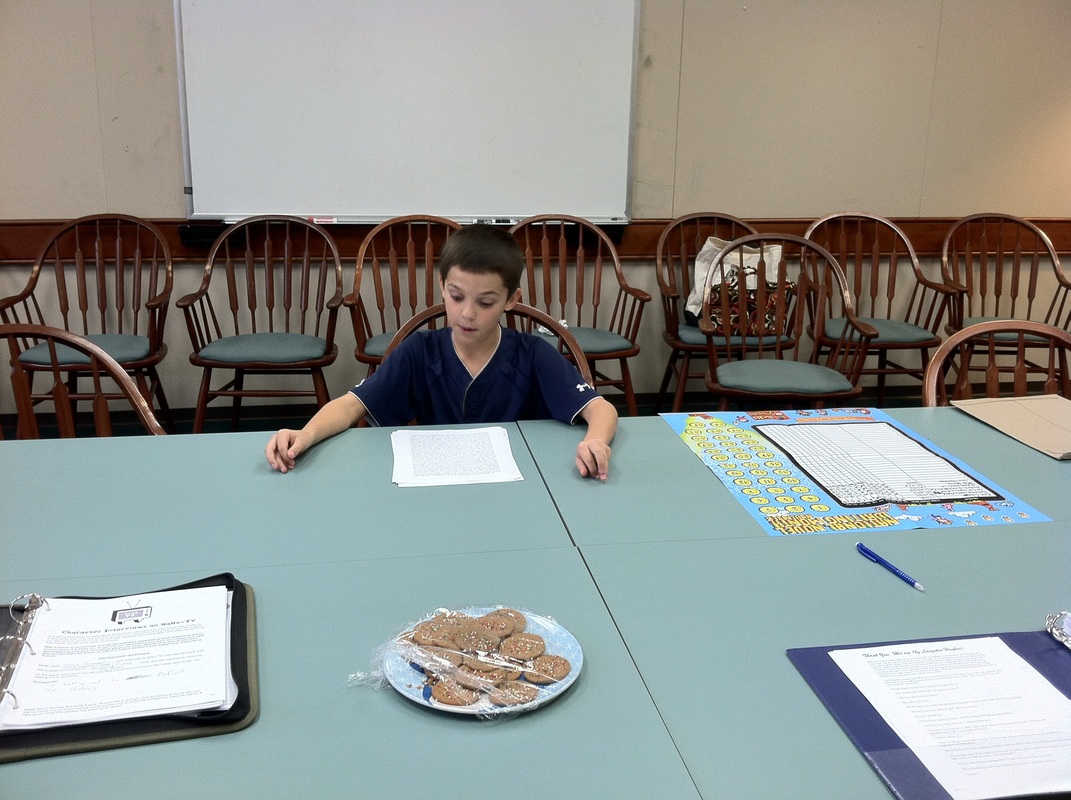
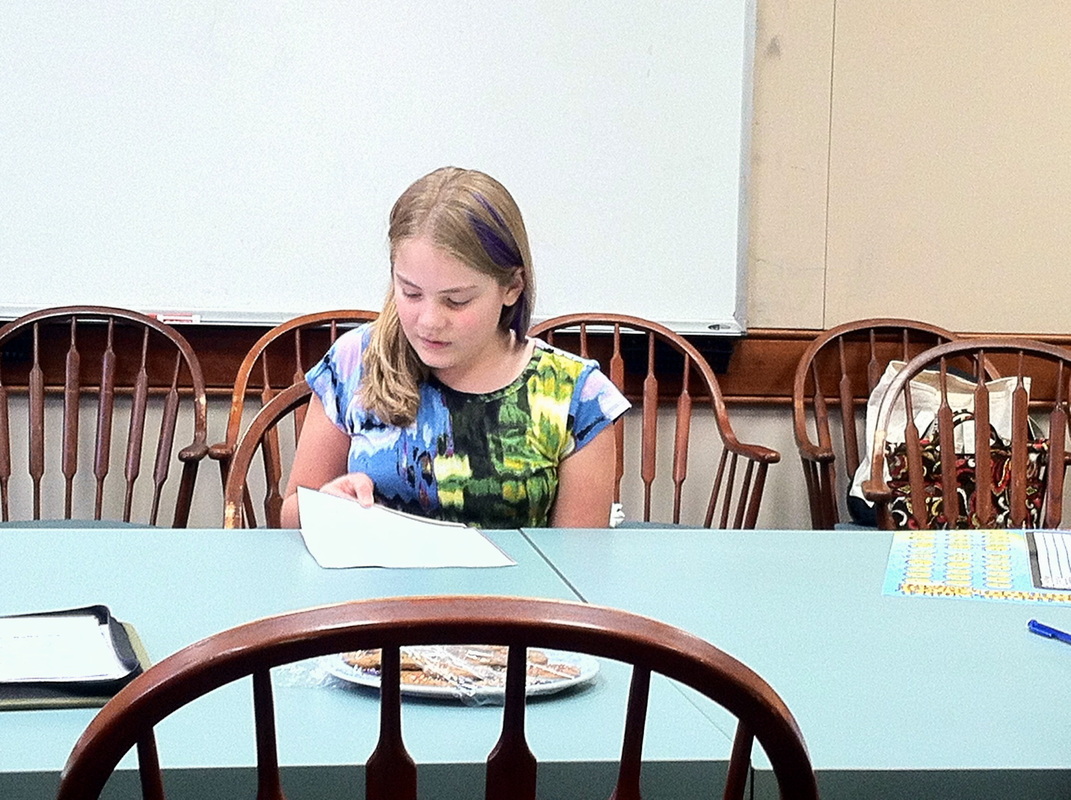
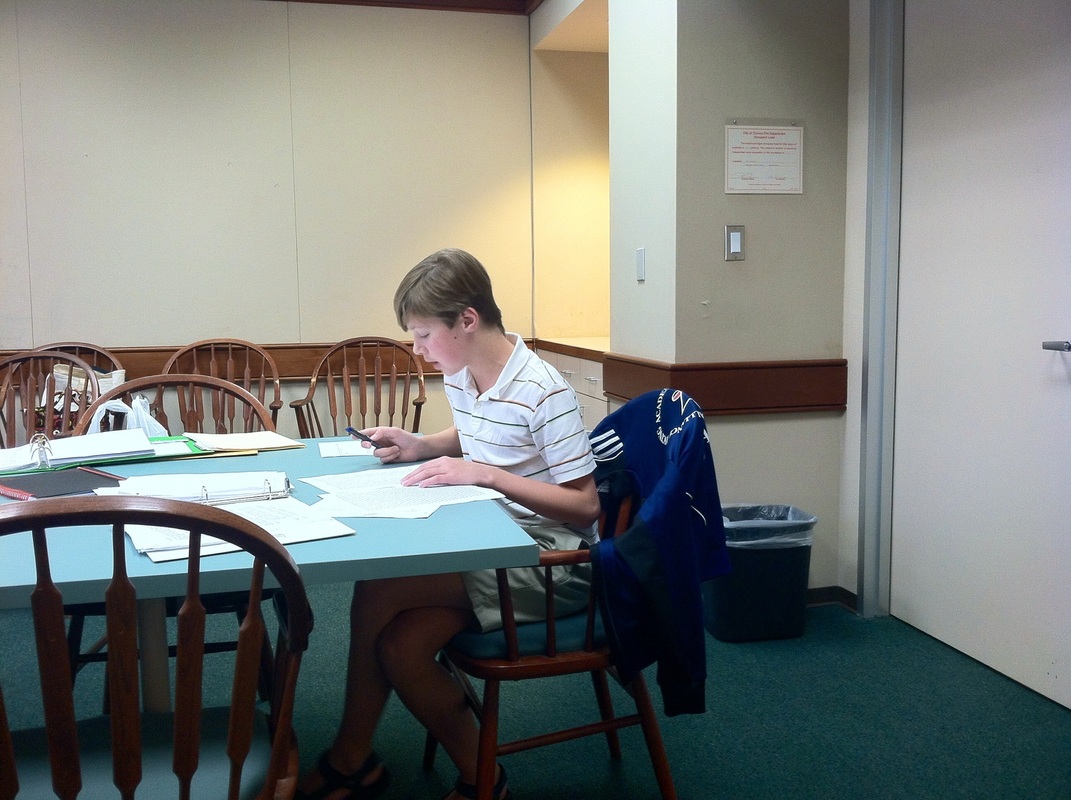


 RSS Feed
RSS Feed